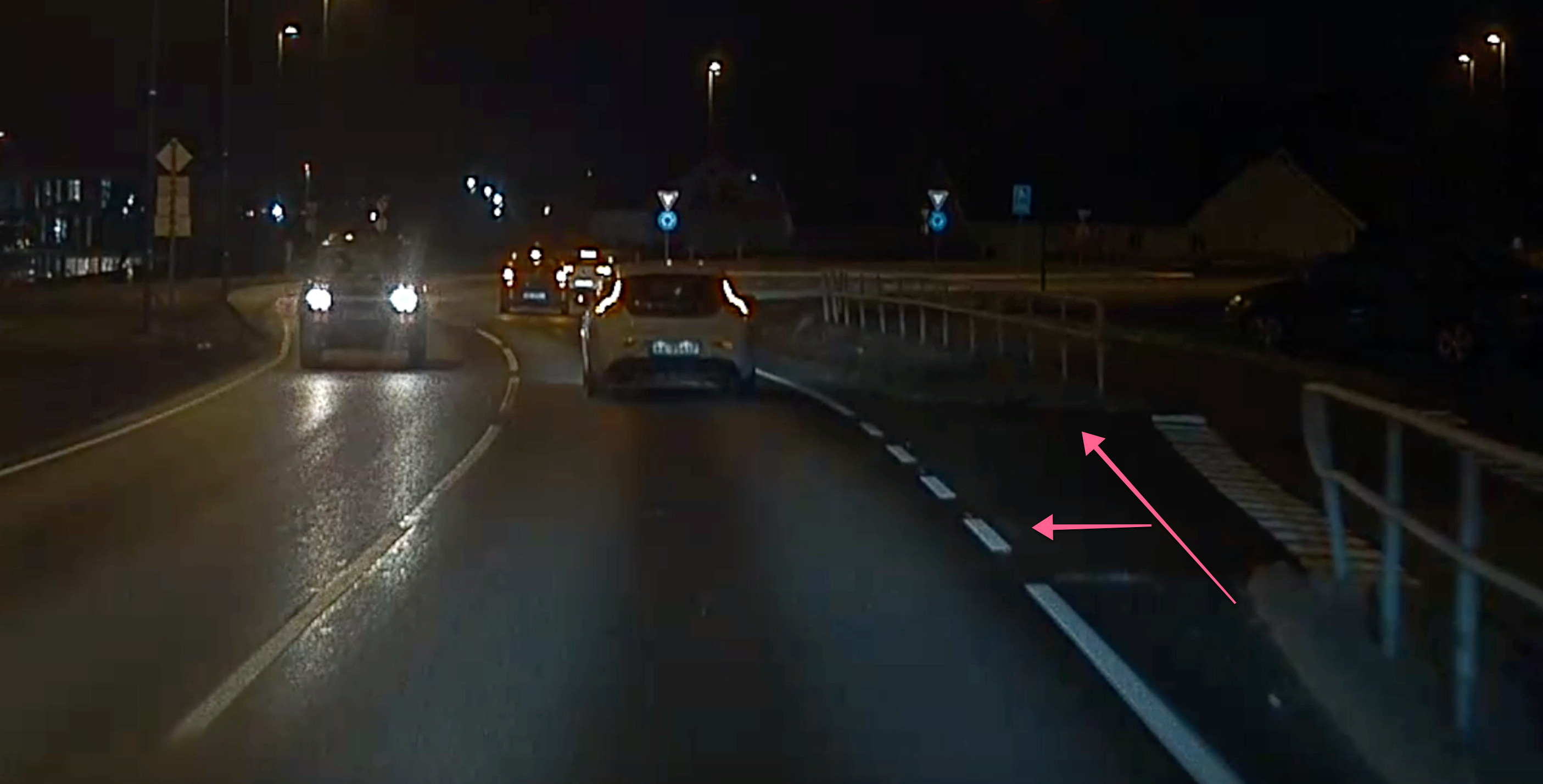Hey Guys,
So about a week after getting the “Autopilot features limited” warning I had a near accident using AP this week. The car tried to veer into a side barrier without any warning, and I was able to take quick control to avoid crashing. I didn’t get any take over warnings.
I’ve managed to capture this with my dash cam.
Action starts at 00.16
I’ve reported this to Tesla and waiting for an appointment from the local SC.
But, today I had another unexpected reaction from the AP, and the car suddenly tried to veer out of the lane but luckily I was able to take manual control. Again no take over warnings. (No cam footage as the car didn't record exactly at the time of the incident)
I initially thought it could be my fault in some way even though I was paying full attention to the road and was able to take over on both incidents, but after what happened today I'm starting to think something is seriously wrong with my car's AP suite. I hope its some hardware failure and not a dangerous fleetwide software issue.
I will no longer use AP until I figure this out. But thought I’d ask if anyone else seeing any similar issues?
So about a week after getting the “Autopilot features limited” warning I had a near accident using AP this week. The car tried to veer into a side barrier without any warning, and I was able to take quick control to avoid crashing. I didn’t get any take over warnings.
I’ve managed to capture this with my dash cam.
Action starts at 00.16
I’ve reported this to Tesla and waiting for an appointment from the local SC.
But, today I had another unexpected reaction from the AP, and the car suddenly tried to veer out of the lane but luckily I was able to take manual control. Again no take over warnings. (No cam footage as the car didn't record exactly at the time of the incident)
I initially thought it could be my fault in some way even though I was paying full attention to the road and was able to take over on both incidents, but after what happened today I'm starting to think something is seriously wrong with my car's AP suite. I hope its some hardware failure and not a dangerous fleetwide software issue.
- The lane markings were clear in both situations and I’m not seeing any obstructions.
- Both incidents happened at night. (Visibility issue?)
- All of this started happening after the last firmware update. Driven almost 9000KM (With a tonne of AP) and I had zero issues.
- I’m also starting to notice the car is mistaking the opposite side of the road as adjacent lanes. It’s happening a LOT more now than before.
- After my initial complaint to Tesla via email the car asked to update its firmware again. (Same firmware)
I will no longer use AP until I figure this out. But thought I’d ask if anyone else seeing any similar issues?
Last edited:




